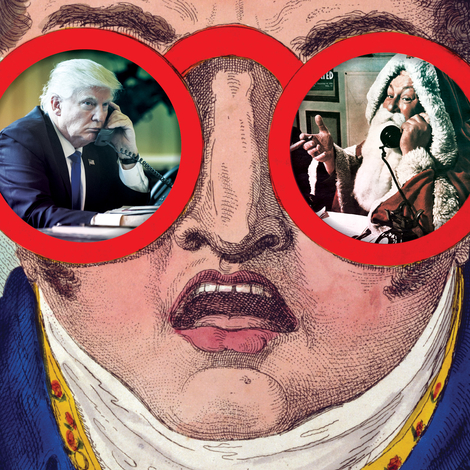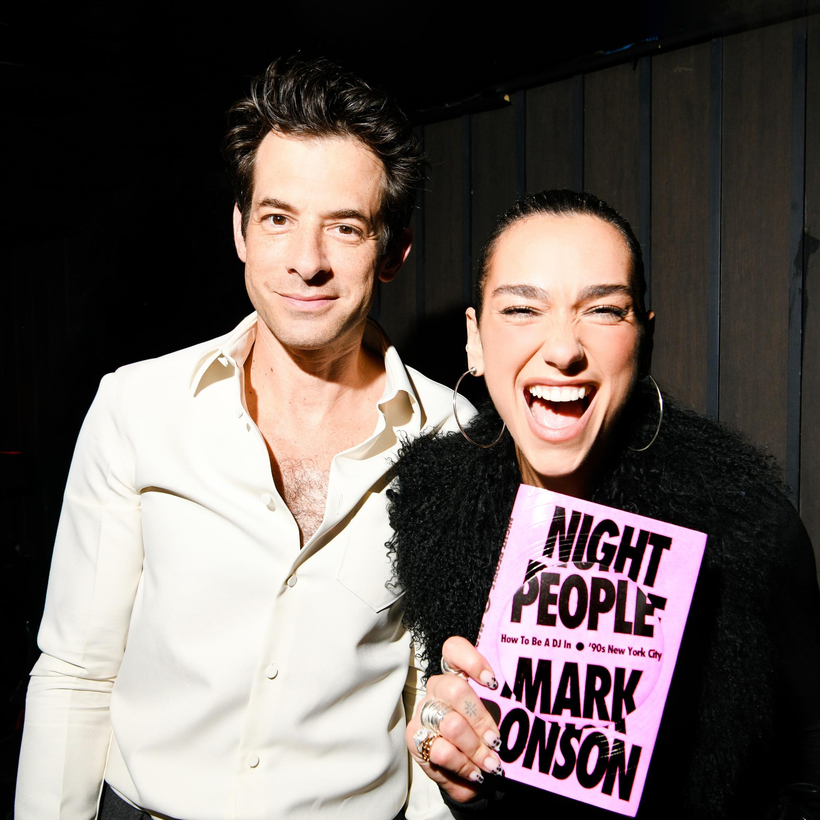By the time Michael Grynbaum’s book on Condé Nast was published earlier this year, the sport-coat-wearing New York Times reporter had spent four years researching the media company. So it was time to celebrate.
Grynbaum hosted a stunt-like soirée inside the Frank Gehry–designed cafeteria of 4 Times Square, Condé Nast’s old stomping grounds, on the evening the book was released. Scores of magazine-world V.I.P.’s were in attendance, including Air Mail Co-Editor Graydon Carter and the new editorial director of Vanity Fair, Mark Guiducci.
David Kuhn, Grynbaum’s powerhouse book agent, was out of town for the event. But he didn’t agonize over missing the affair. “At least I’ll be at my own,” he thought. That party would be two days later, at Chez Nous, a cozy French restaurant he had just opened in his friend Sean MacPherson’s Marlton Hotel, in Greenwich Village.

While there are no Emily Post rules concerning book parties, most authors have historically had one—hosted by their publisher, in the old days, and by wealthy friends, more recently—alongside supporting events such as readings and interviews. But as word-of-mouth sales have swelled in importance, a growing number of authors are spinning up multiple book parties in the same city. Welcome to the two-party system.
In May, Balthazar rabble-rouser Keith McNally hosted two book parties on back-to-back nights at his SoHo restaurant. This summer, Ford Foundation president Darren Walker and billionaire Michael Bloomberg threw separate parties for the journalist Jonathan Capehart’s book, Yet Here I Am. And last month, the D.J. Mark Ronson celebrated his memoir, Night People, with one party at Artspace, the nightclub at the Public Hotel, and another at Chez Nous, hosted by Kuhn.

Doubling the capacity is not a reflection of having too many friends, though that hasn’t stopped people from speculating that there are A- and B-lists. (Guests of McNally’s, for instance, had no idea that there were two parties going on—their invitations were identical, except for the date.) Rather, as society reportage has waned, it can take two parties to muster up the same publicity one party used to generate. “A decade ago, party press was a robust industry,” says downtown publicist Kaitlin Phillips. “Now the 21-year-old party reporter is not an archetype I really even recognize.”
Phillips, who assisted Grynbaum with publicity for his 4 Times Square party, says she pushes her author clients to drum up as many parties as possible. “Just keep those news pegs coming,” she says. “I need a lot of pegs to get the party press off the ground.”
One author who has little trouble whipping up press is McNally, who had the actor Richard E. Grant read passages of his memoir, I Regret Almost Everything, to both nights’ dinner guests at Balthazar. (Grant narrated McNally’s audiobook.) “He also had the benefit of owning a restaurant where he could put something on like that,” says Karah Preiss, the Belletrist co-founder, who attended both events without having read the book.
Another reason authors are gravitating toward a more-is-more approach is because they’re no longer beholden to publication dates as make-or-break moments. “There was much more of a focus on publication day than there is now,” says Kuhn. “A rollout of a book is spread out over several weeks.”
And whereas big-time authors could once count on the national press boosting their sales, it’s harder to reach a wide swath of readers today. So some are trying high-concept approaches to gin up buzz.
Last November, following Air Mail’s New York book party for her, the author Lili Anolik threw a party in Los Angeles to celebrate her book about the writers Eve Babitz and Joan Didion. It took place at the Chateau Marmont, a hotel favored by Babitz, where Anolik, Nicole Richie, Da’Vine Joy Randolph, and others gathered to read some of Babitz’s letters and journal entries. The New York Times, Vogue, Vanity Fair, and the Daily Mail covered the event.

“You’re throwing a party to get extra coverage for your book,” says Phillips, who assisted with the event’s publicity. “And some people are extremely clever, and they think really hard about their parties.”
Sarah Hoover, the art historian and wife of the artist Tom Sachs, was open to all sorts of celebrations for her memoir about motherhood. Before The Motherload’s publication, the first-time author was nervous about sales. “I wasn’t a writer and I’m not a celebrity,” she says. “I didn’t have a huge machine behind me promoting me. I was worried that people just wouldn’t see my book.”
Yet many brands and friends offered to host New York events in support of her memoir. Manolo Blahnik organized a cocktail party for guests like Candace Bushnell and Cynthia Rowley. Saks Fifth Avenue hosted a luncheon for Hoover on publication day with fancy, three-named guests such as Nicky Hilton Rothschild and Katie Lee Biegel. And a friend threw a party in support of the book at Socialista, the nightclub upstairs from Cipriani Downtown.
Later this month, Real Housewives star Erin Lichy will release her first cookbook, She’s a Host. She is celebrating the publication by hosting a private dinner for friends—and then throwing a larger party two days later.
Andrew Zucker works at a television-production company in New York City

